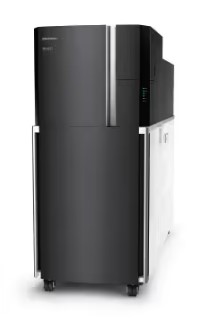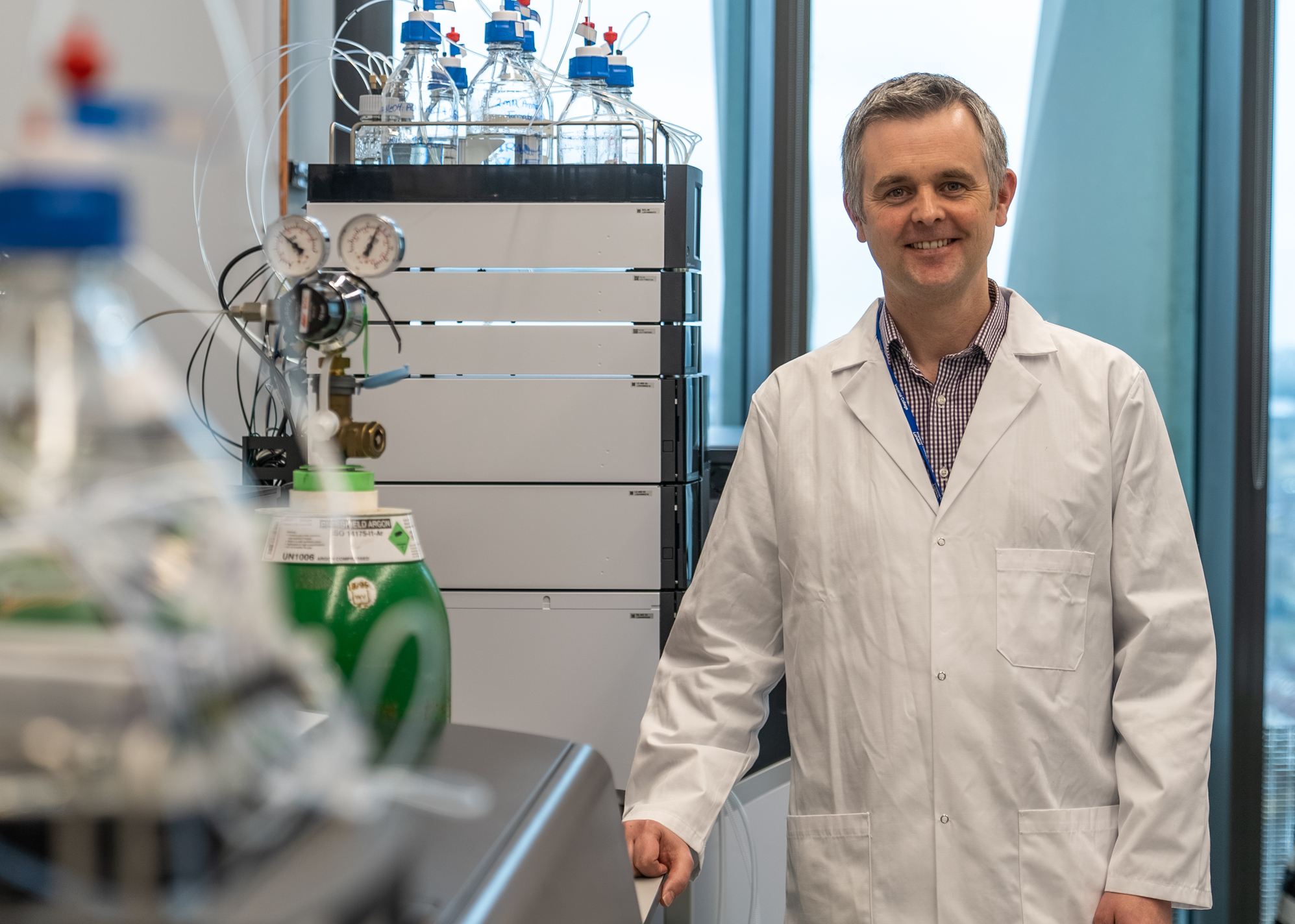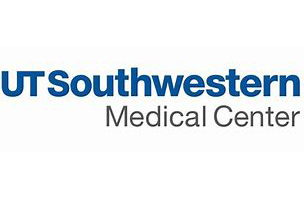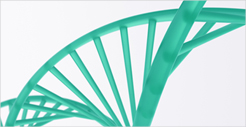University of Texas - Southwestern Metabolic Phenotyping Core
Enhancing analytical capabilities in Biomedical Research
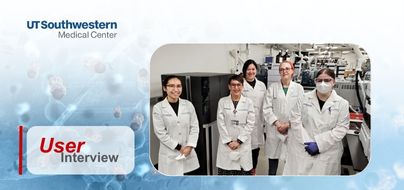
University of Texas - Southwestern Metabolic Phenotyping Core
-
INDUSTRY
Life Science
-
KEYWORD
diabetes, cardiovascular, metabolomics
-
INTRODUCTION SERVICE&PRODUCTS
LCMS-8060, iMScope QT
The Shimadzu iMScope QT enables spatial resolution and assists to uncover subtle spatially localized metabolite differences unseen by LCMS.
Dr Ruth Gordillo was born in Badajoz, Spain. She earned her B.S. and Ph.D. degrees in Chemistry from the University of Extremadura. She came to the USA as a postdoctoral researcher at the University of California in Los Angeles in the Department of Chemistry and Biochemistry. Dr Gordillo joined UT Southwestern Touchstone Diabetes Center faculty in 2011 and became the director of the Metabolic Phenotyping core in 2015.
The Touchstone Diabetes Center is devoted to the study of the cells and tissues that contribute to or are affected by diabetes and its comorbid diseases. Research in the Touchstone Diabetes Center focuses on both basic and clinical aspects of Type 1 and Type 2 diabetes, and questions related to the impact of diabetes and obesity on cardiovascular disease, renal disease, and cancer progression.
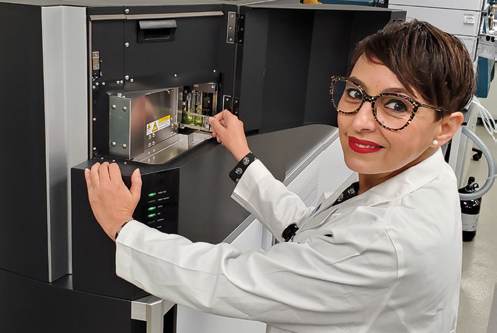
Dr Ruth Gordillo
Dr Gordillo specializes in the development of LC-MS/MS technologies for the determination and quantitation of metabolites. Our analytical portfolio includes the exploration of sphingolipids and phospholipids, water soluble cellular metabolites, diastereomeric separations of carbohydrates and nucleotide sugars, and therapeutic antibodies.
Summary of my work
I am the director of UT Southwestern Metabolic Phenotyping Core and Dr Syann Lee is the co-director. Together we manage the facility operations which provides analytical and phenotypical measures to the scientific community, both inside and outside UT Southwestern Medical Center. Our portfolio of services includes chemistry clinical metabolic panel using a clinical analyzer, colorimetric assays immunoassays, targeted metabolomics using LC-MS/ MS technologies, mice body composition (TD-NMR and micro-CT scanning), rodent metabolic chambers, rodent treadmills, mouse surgeries, and RNAscope and Base Scope hybridization.
Our goal is to expand the scope of techniques available to investigators, standardize key methodologies, and expedite the completion of research on diseases related to metabolic disorders (specifically diabetes and obesity), cancer, aging neurological disorders, etc. Amongst a large portfolio of phenotyping techniques, our laboratory allocates extensive mass spectrometry resources to metabolomics studies.
I specialize in the development and implementation LC-MS/MS methodologies for the determination and quantitation of metabolites. Our analytical portfolio includes the exploration of sphingolipids and phospholipids, water soluble cellular metabolites, diastereomeric separations of carbohydrates and nucleotide sugars, and therapeutic antibodies.
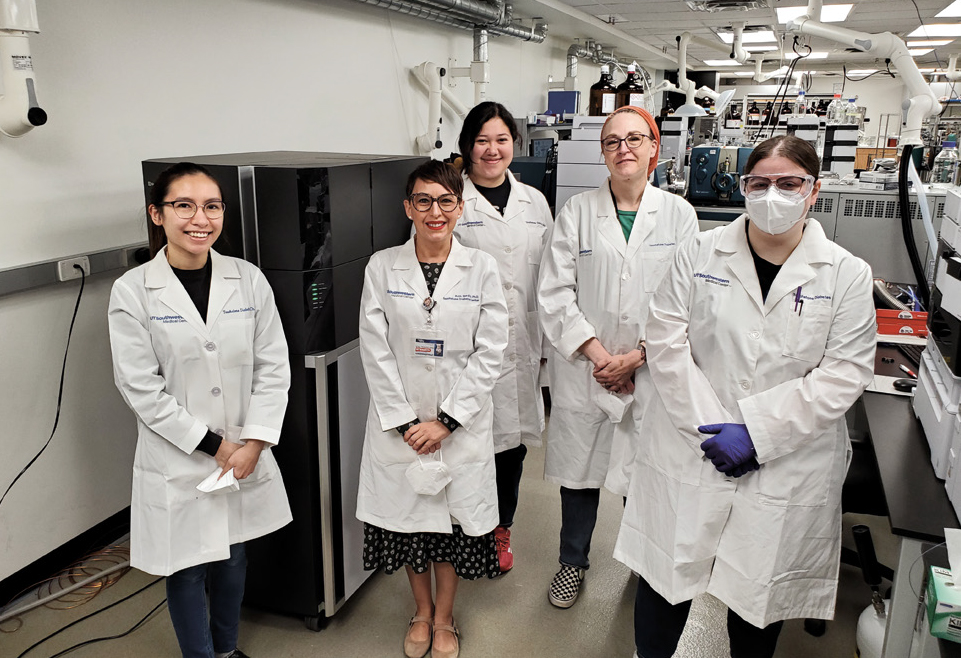
Dr Gordillo with her team from left to right: Jannine Irel Gamayot, Ruth Gordillo, Sarah Rico, Shannon Hacker, Allison Walker
Instrumentation and applications Amongst a large portfolio of phenotyping techniques, our laboratory allocates extensive mass spectrometry resources to metabolomics studies. We have several Shimadzu liquid chromatography triple quadrupole mass spectrometry systems dedicated to the analysis of lipids and water-soluble primary metabolites. A supercritical fluid chromatographer coupled to a LCMS-8060 for more challenging separations such as diastereomeric glycosphingolipids and phosphatidic acids. In addition, we have allocated an LC/Q-TOF-MS dedicated to the analysis of free fatty acids profiling and global lipidomics studies. A fully automated sample preparation module coupled to a LCMS- 8060 LC-MS/MS system. An important percentage of our data is obtained using the ready to use method packages developed by Shimadzu such as the library for phospholipid profiling, cell culture profiling, primary metabolites, and bile acids quantitation.
Very recently we have installed a mass spectrometry imaging system, a Shimadzu iMScope QT, expanding our mass spectrometry resources dedicated to metabolomics. Imaging mass spectrometry is a very necessary and logical step in our laboratories to be able to answer many questions related to our studies on preclinical models of disease. When we perform LC-MS/MS metabolite analysis on tissue extracts we lose the spatial resolution and subtle spatially localized metabolite differences are also lost. We are currently embarked on the method implementation and optimization processes for MS lipidomics and bile acids imaging. Our immediate plans include studies focusing on liver, kidney, and pancreas.
In the future we hope to expand the applications to proteomics imaging and therapeutic drugs in collaboration with UTSW Proteomics Core and the Preclinical Pharmacology Core. iMLayer sublimation and iMLayer AERO automatic sprayer satellite instrumentation have been very powerful tools in our method implementation journey assisting with sample preparation and reproducibility. Having a straightforward and reproducible processes is of utmost importance in our facility since we provide services to the scientific community and many of the steps are performed by different research technicians.
What do I like about working with Shimadzu?
There are many aspects I like regarding working with Shimadzu. Their extensive catalog of analytical instrumentation allows us to have a large number of fully compatible systems in our laboratories. They have a modular design concept facilitating laboratory expansions and rearrangements. Shimadzu mass spectrometers have ultra-fast-scanning capability, are very sensitive and very robust. We have been able to apply our analytical methods to all kind of complex biological matrices as well as perform metabolomic studies on samples with a very small amount of biological material such as mouse and human pancreatic islets preparations and small extracellular vesicles preparations. But what I appreciate the most about collaborating with Shimadzu is the support I get from their team of engineers and scientists. I am extremely fortunate to work with very talented professionals from Japan, Europe, and the USA.



